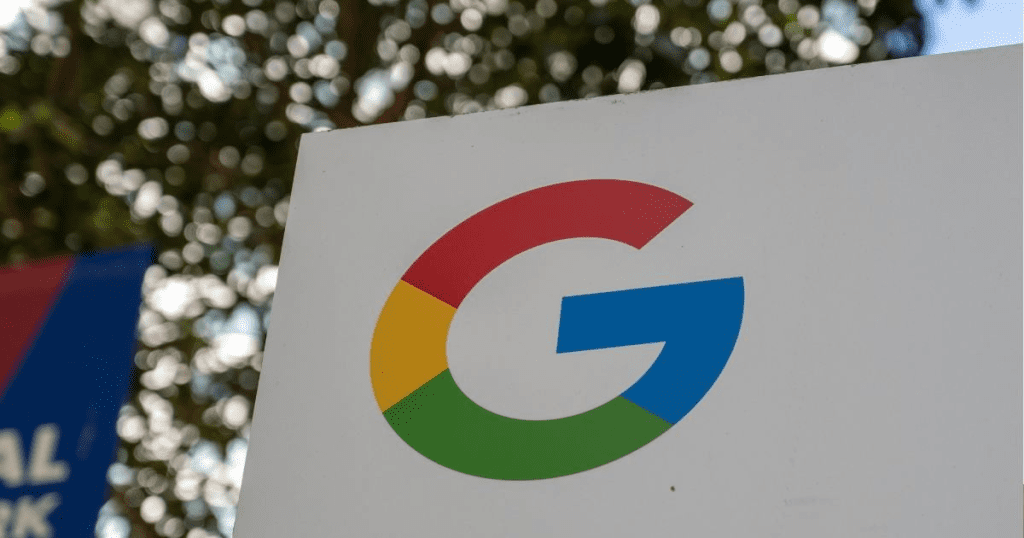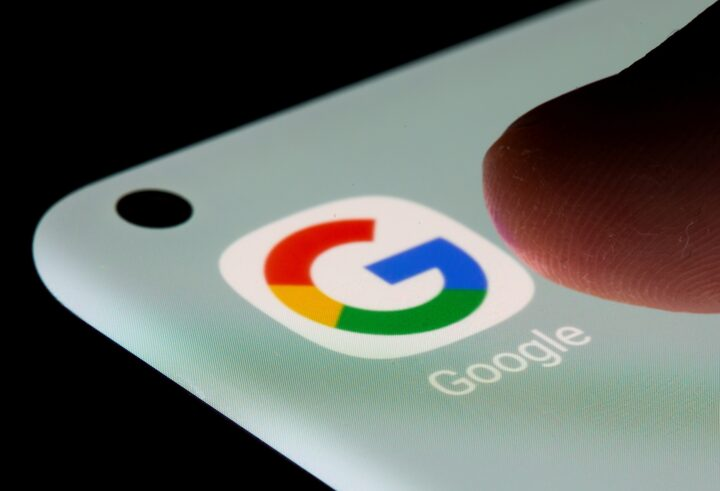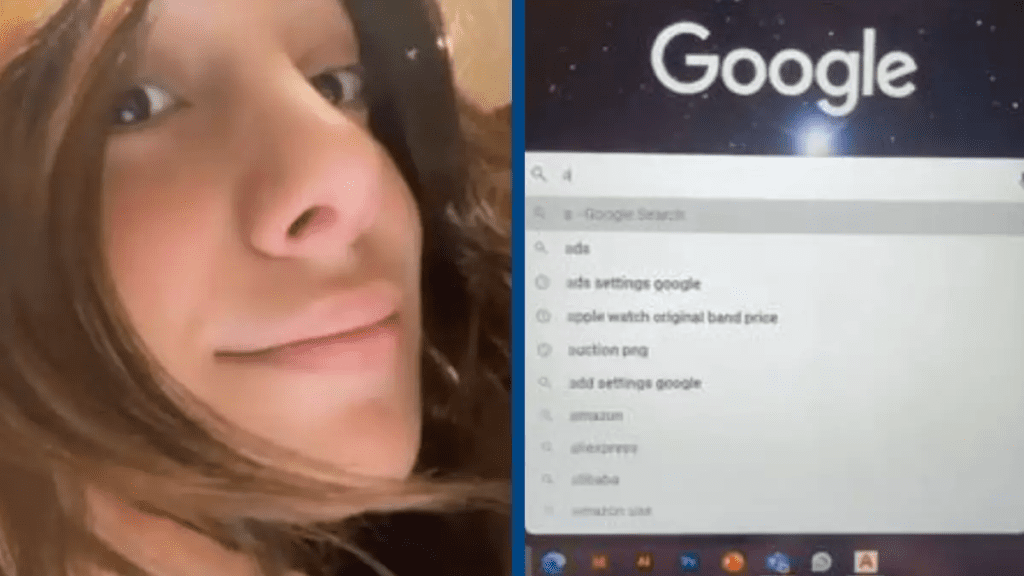In today’s digital age, the collection and use of personal data are central to our online experiences. Tech giants like Google have mastered the art of gathering vast amounts of information about their users, using it to personalize services and target advertisements. However, for most people, the sheer extent of the data Google has compiled about them remains a mystery.
A recent TikTok video by user @yorgoandlea has gone viral, offering a straightforward guide on how anyone can uncover the troves of data Google holds about them. This article explores the process, the implications of Google’s data practices, and how you can take control of your online privacy.
Google’s Archive: Discovering Your Data

The viral TikTok video by @yorgoandlea introduces viewers to a simple yet eye-opening process to access the data Google has collected about them. The journey begins with a straightforward query on Google’s homepage: ‘ad settings google.’ By following the corresponding link, users are prompted to log in if they aren’t already, leading them to a page where they can view the detailed information Google has stored.
The Data Google Collects
Once you access your ad settings, the results can be both enlightening and astonishing. The page reveals a comprehensive list of details Google has meticulously archived about you. This includes basic information such as your age, gender, and spoken languages. However, the real intrigue lies in the insights Google has gathered about your potential interests. This personalized list might include topics like ‘architecture’ or ‘audio equipment,’ offering a fascinating glimpse into how Google perceives your preferences based on your online activity.
User Reactions and Insights
The TikTok video’s impact has been profound, with hundreds of thousands of views and a flurry of reactions. Many users have expressed amazement at the vast amount of data Google has compiled. One user exclaimed, “Oh God. I tried it – the amount of information!” Others have been struck by the accuracy of Google’s insights, with one viewer calling it “scarily accurate.”

However, not all reactions have been positive. A notable number of users have been motivated to disable certain data collection features, reflecting growing concerns about digital privacy. Interestingly, some users have encountered discrepancies in the data Google has on them. For example, one user humorously noted, “Why does mine say I’m 44+? I’m literally 19.” Another shared, “Apparently I am 65-years-old and interested in Utah and reality TV shows.” These divergent experiences highlight the complexities and limitations of data interpretation algorithms.
Google’s Data Odyssey
Google’s data collection methods are vast and varied, encompassing everything from the videos you watch to your location data, cookie tracking, and the ads you click on. According to Google, this data collection is designed to enhance user experiences by personalizing services and delivering more relevant ads. The company emphasizes that its primary goal is to optimize advertisements across its services and on partner platforms, not to sell user data.
Ad Targeting and Privacy Concerns

Google asserts that while it uses your data to fine-tune ad targeting, it does not sell your personal information to advertisers. This distinction is critical, as it highlights Google’s efforts to balance personalized experiences with privacy concerns. For users who want more control over their data, Google offers the option to deactivate ad personalization. This setting can be found on the same page where your collected data is displayed, allowing you to tailor your privacy preferences.
The Growing Importance of Digital Privacy
The viral TikTok video by @yorgoandlea has brought to light the extensive data Google collects on its users, sparking widespread interest and concern about online privacy. As more people become aware of the data they generate and how it’s used, the demand for greater transparency and control over personal information is growing. This awareness empowers individuals to make informed decisions about managing their digital footprints and protecting their privacy.
Taking Control of Your Data

Understanding the data Google has on you is the first step toward taking control of your online privacy. Here’s how you can manage your data and privacy settings:
1. Access Your Google Data
Start by following the steps outlined in the TikTok video. Visit Google’s ad settings page and log in to view the data Google has collected about you. Take the time to explore the different categories and insights.
2. Review and Adjust Your Privacy Settings
Google provides various tools to help you manage your data. Review your privacy settings using Google’s Privacy Checkup tool, which allows you to control what information is shared and how it’s used across Google services.
3. Deactivate Ad Personalization

If you’re uncomfortable with Google using your data for targeted ads, you can deactivate ad personalization. This setting limits the extent to which Google can tailor ads based on your activity.
4. Regularly Clean Your Data
Consider periodically deleting your Google activity. You can do this through the My Activity page, where you can delete specific searches, locations, or browsing history.
5. Stay Informed
Keep up with changes to Google’s privacy policies and settings. As digital privacy becomes an increasingly important issue, staying informed will help you make the best decisions for protecting your personal information.
The digital landscape is constantly evolving, and with it, the ways in which our personal data is collected and used. The TikTok video by @yorgoandlea has provided a valuable glimpse into the extensive data Google holds on its users, sparking conversations about privacy in the digital age. By taking the time to understand what information is being collected and how it’s used, you can take control of your online presence and make informed decisions about your data. As privacy concerns continue to grow, the importance of being proactive about your digital footprint cannot be overstated.


